GLSL Shaders
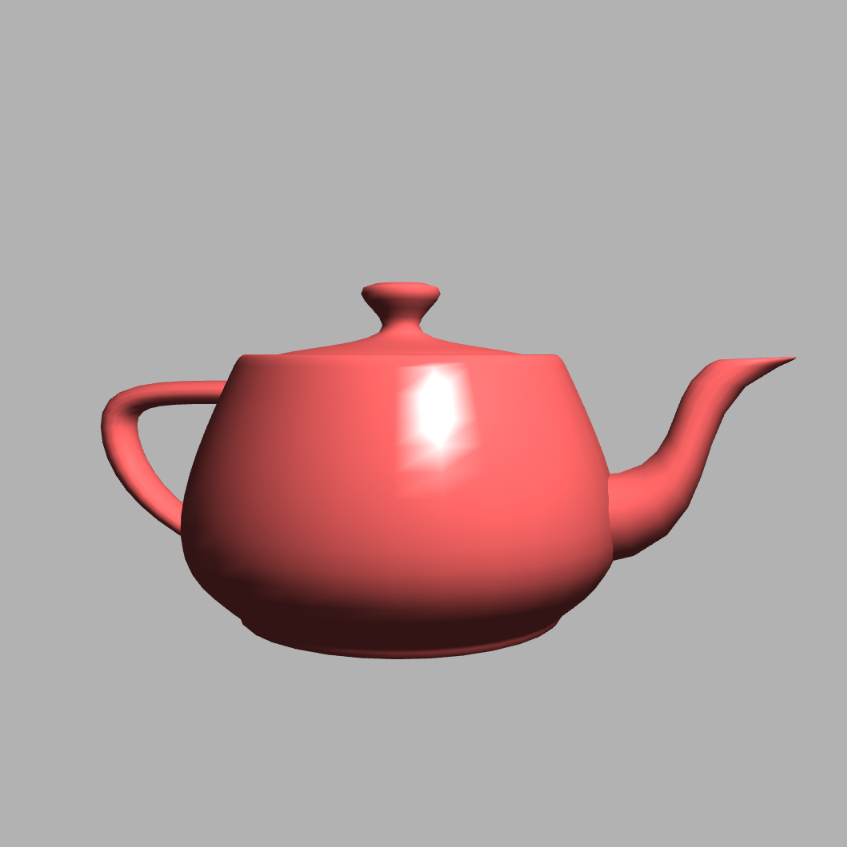
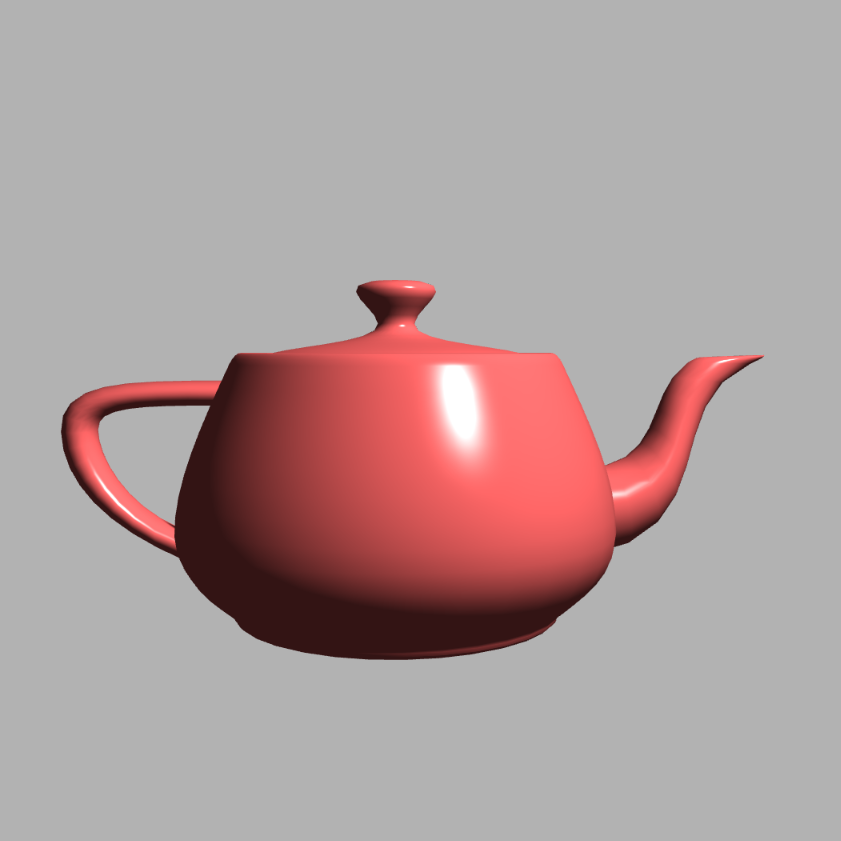
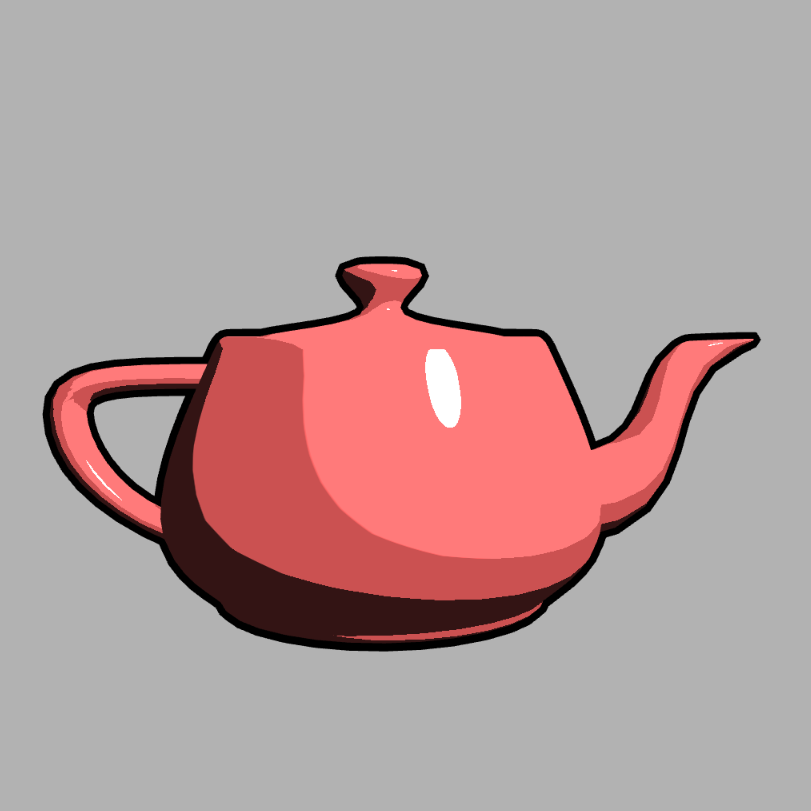
The pictures above are from GLSL shaders I made for one of my graphic classes. The one of the far left is a Gouraud shader and the one in the middle is a Phong shader. These two are classics and have a lot in common. The chief difference between the two is that they calculate the normals at different points in the graphics pipeline. A Gouraud shader will calculate the normals only at the vertices and then interpolate between them for each pixel. Because of this, Gouraud shaders will often produce blocky shading, which can be seen above, especially when comparing it to the Phong shader to its right. Phong shaders, on the other hand, calculate the normal for every pixel. Thus, the Phong shaders will generally look much better, but are more expensive.
This difference can been seen in the shading code itself. Here, two shaders go into actually creating each of the final images; we have vertex and fragment shaders. The vertex shaders are for calculations at the vertex level and fragment shaders are for computations at the pixel level. For the Gouraud, it's plain to see that the vertex shader is substantially more complex than the fragment shader, and this makes sense, as the vertex shader is resposnible for all of the normal calculations. For the Phong shader, this is reversed and the fragment shader does all of the normal calculations.
The right-most image is from a "Toon" shader, which is an extension of the Phong shader. The crisp division between the shades of red is produced by using a ramp to round the pixel colors to one of four. The black outline is produced by a seperate set of shaders.
Here are links to my rendition of the shaders above:
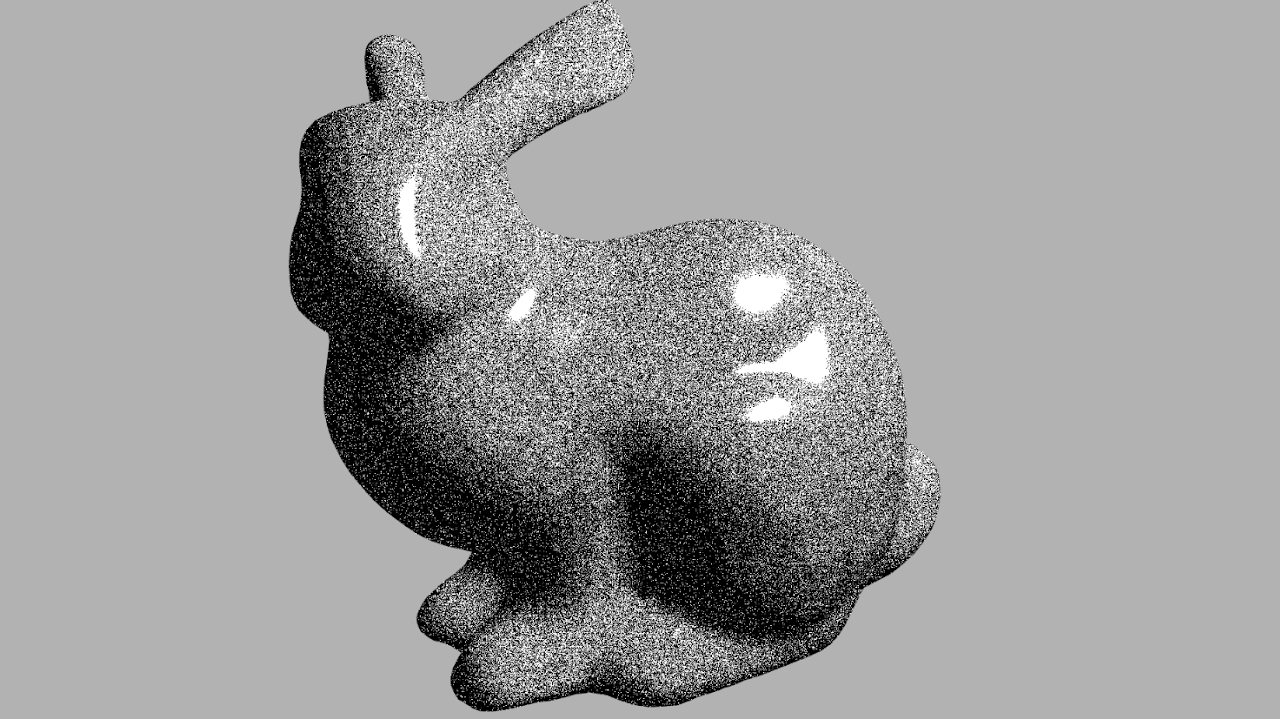
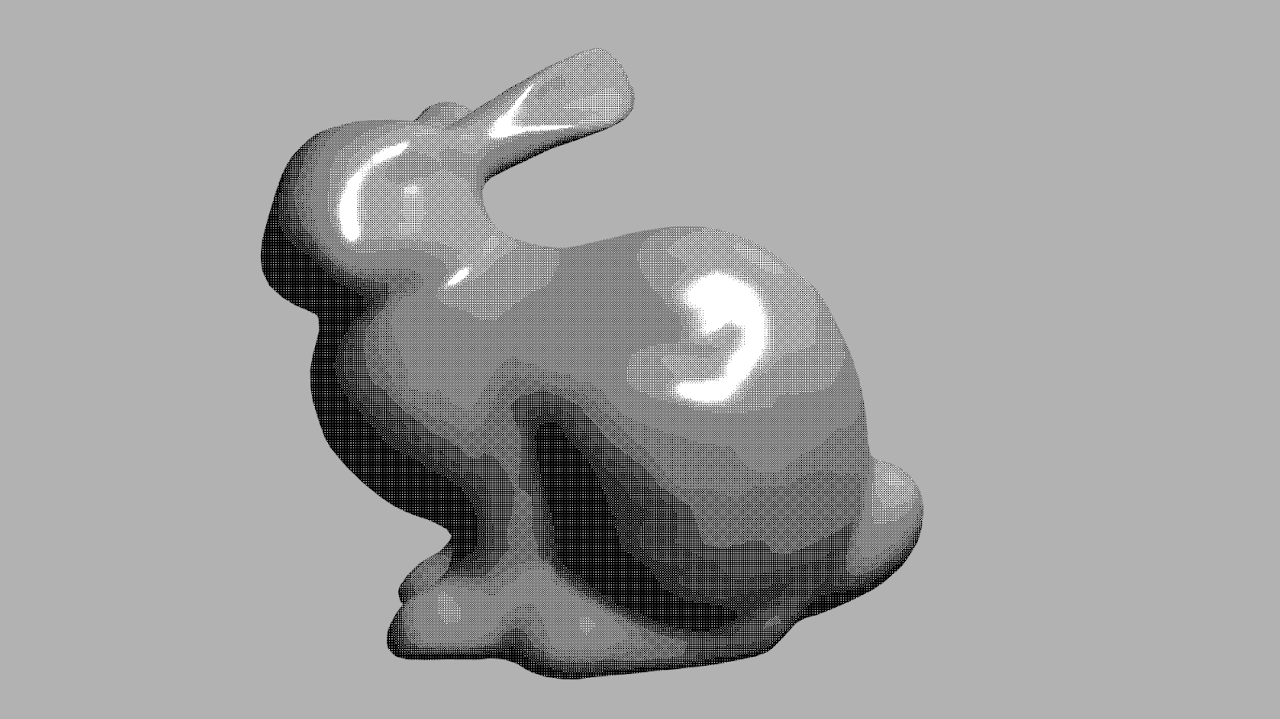
These pictures above are from two attempts at trying to produce a stable dithering shader. They are both extensions of Phong shading. The aim is to produce a greyscale image with the use of only black and white. This can be achieved by placing black and white pixels in proportion with the shade of grey that is to be produced. They both use a matrix to coordinate the placement of these pixels. The only substantial difference between these two is how the position of the current pixel is calculated (as pixels can not communicate with one another). The image on the left uses a haphazard means of getting the pixel position and does not produce a stable image. I did not know at the time that pixel position is readily-availible. The second shader uses the correct pixel position and the shading effect is therefore stable. That being said, I almost prefer how the original shader looks.
For a future exploration, I would like to find a middle ground between the two. I like the roughness of the original and the stability of the second version. This may be achieveable with a larger matrix. I'll have to run some tests to fine tune it. I would also like to produce a version of this shader that is even less stable. The original shader's pixels only shift when the object is rotated. If it is stationary, then the pixels are stationary. I think it would look really interesting if the pixels were always shifting (almost randomly) but the general shading still remains consistent. I have a couple of ideas on how to achieve this, but I have not tried them (yet).
Here are links to my dithering shaders: